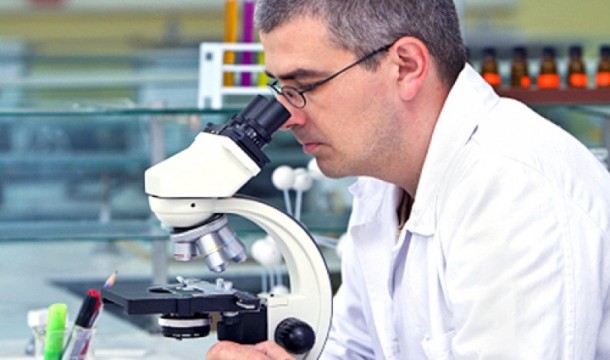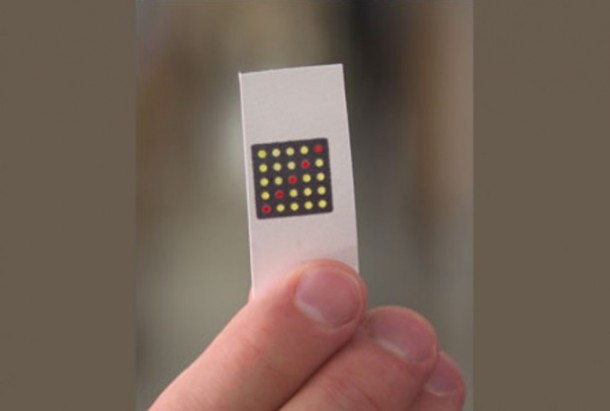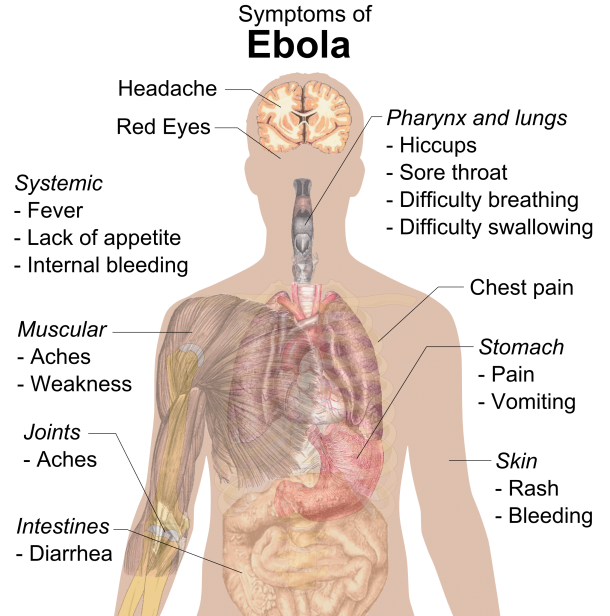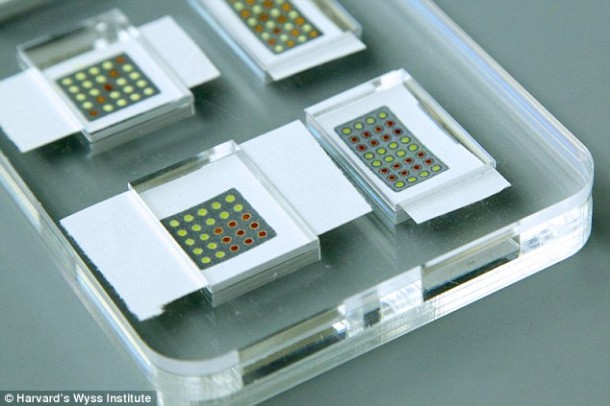Here’s another approach to testing Ebola and that too without any expensive tools or kits, in fact, all that you need is this paper. The Paper Gene Circuit is capable of porting out the biological reactions out of cells and placing them onto a piece of paper. Researchers claim that it can be carried into the affected areas and the tests can be done.


Collins, co-Director of the Center of Synthetic Biology at BU and also a key faculty member at Harvard’s Wyss Institute, says, “This could really be a game-changer for a lot of applications, including diagnostics. You can literally carry this in your pocket and run an experiment in the field without any additional equipment.”
As of now, the top-notch diagnostic tools make use of antibodies in order to identify hormones or viruses present in a patient’s bloodstream. For instance, the standard pregnancy test looks for a particular hormone that is produced when the fertilized egg implants into the female’s uterus. Such tests do perform very well, however, they are time consuming when it comes to developing them and not to mention, they are expensive.
Keith Pardee, a postdoctoral guy in Collins’ lab, co-author on this particular Cell paper and a Wyss Institute research scientists, explained, “The antibody-based tests are exquisitely sensitive, and we can’t compete with that sensitivity yet. But to make a custom antibody, it costs between $4,000 and $30,000, and it will take between four and six months. We made 24 different Ebola sensors and tested them in a day, for $21 each.”
This diagnostic approach and the tool is, as of now, a proof for the concept and it works, however, it is yet not ready for the field. It does tell us that the power of synthetic ‘gene circuits’ is quite amazing. The circuits created by Pardee use ‘toehold switch,’ created by co-author Alexander Green who is also a postdoctoral guy at BU and also a colleague of Pardee at the Wyss Institute. Pardee said, “You can imagine that there’s a lot of potential for these gene circuits, because they can sense and they can report by, say, changing color. Does your fruit have listeria on it? Is the soil contaminated with pesticides? The gene circuits can answer these questions.”
Collins said while stating that the technology could be incorporated into anything that is porous therefore allowing for the opening of multiple doors and plethora of applications, “This opens a lot of possibilities. It could give people a lot of valuable information very quickly.”


